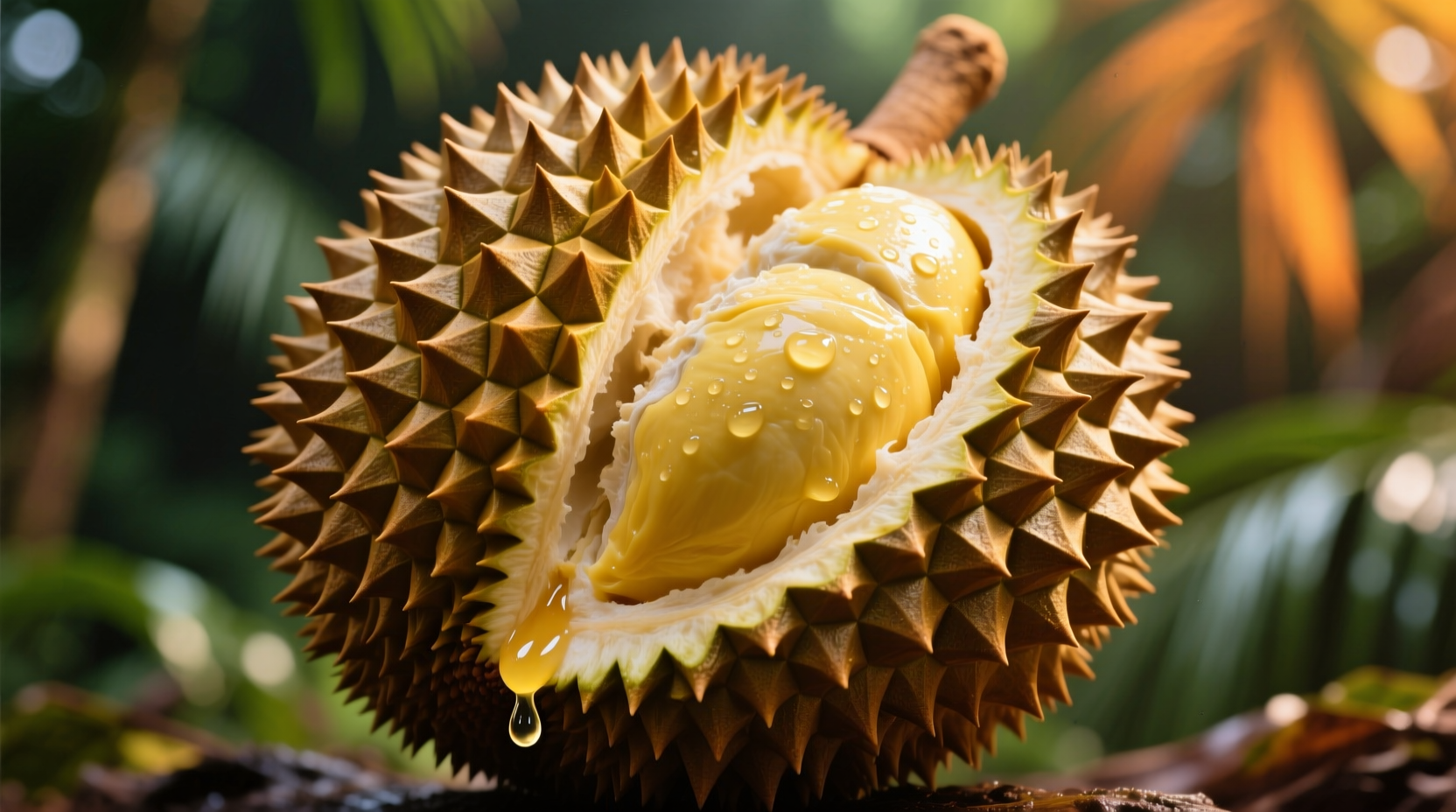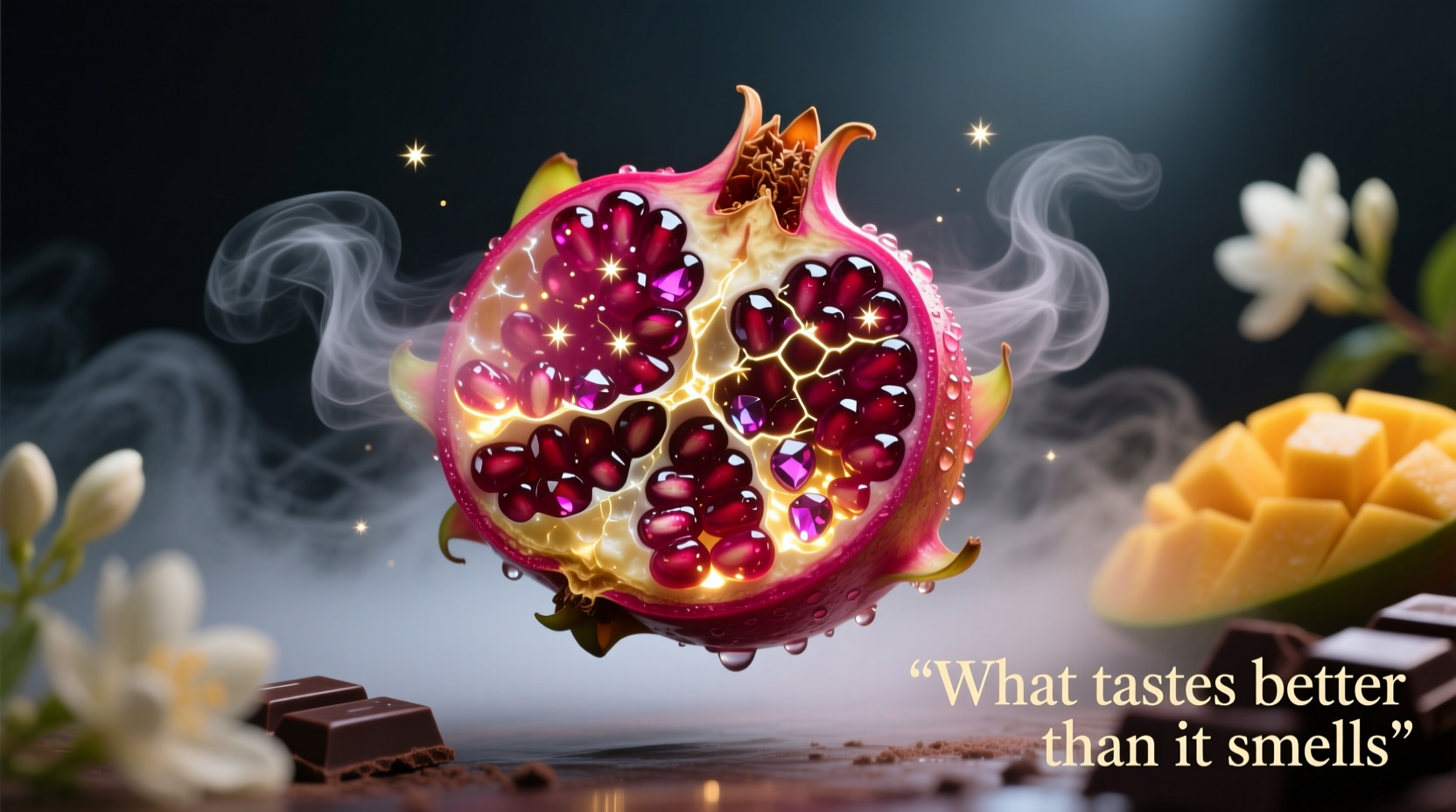The Science Behind Taste-Smell Mismatch
Our sense of smell detects airborne molecules through olfactory receptors, while taste relies on chemical receptors on our tongue. Certain compounds like volatile sulfur compounds create powerful odors but transform when mixed with saliva and exposed to our taste receptors.
"The disconnect happens because smell compounds travel through the retronasal pathway during eating, changing how we perceive them," explains Dr. Linda Bartoshuk, Yale University's taste specialist. This physiological process explains why many fermented foods taste better than they smell.
| Food | Primary Smell Compounds | Taste Compounds After Consumption |
|---|---|---|
| Durian | Ethanethiol, Methanethiol | Esters creating caramel, banana notes |
| Blue Cheese | Butyric acid, Propionic acid | Short-chain fatty acids creating nutty, buttery notes |
| Natto | Pyrazines, Ammonia compounds | Glutamates creating umami richness |
Top 7 Foods That Taste Better Than They Smell
Durian: The King of Contradictions
This Southeast Asian fruit famously emits odors reminiscent of sewage or gym socks due to its high concentration of volatile sulfur compounds. Yet when consumed, those same compounds transform into complex sweet, custard-like flavors with caramel undertones. According to research published in Molecules journal, durian contains over 44 aroma compounds that create this dramatic sensory shift.

Blue Cheese: Moldy Marvel
The pungent aroma of blue cheese comes from butyric acid (also found in vomit) and propionic acid. However, these compounds break down during digestion into pleasant buttery, nutty flavors. Food scientists at the University of Copenhagen discovered that the Penicillium roqueforti mold creates flavor compounds during aging that significantly enhance palatability despite the initial odor.
Natto: Japan's Sticky Secret
This fermented soybean product smells strongly of ammonia due to the Bacillus subtilis bacteria used in fermentation. Yet it delivers an unexpectedly rich umami flavor that forms the foundation of many Japanese breakfast dishes. A 2019 study in Food Chemistry confirmed natto contains high levels of glutamic acid that create satisfying savory notes despite its challenging aroma.
Fermented Fish Sauce: Southeast Asia's Flavor Foundation
Fish sauce's initial odor resembles rotting seafood, but when used in cooking, it transforms into a complex umami enhancer. The fermentation process breaks down proteins into amino acids that create depth of flavor impossible to achieve otherwise. Chefs worldwide rely on this transformation to build flavor foundations in countless dishes.
How Human Palates Adapted to Fermented Foods
Evolution of Fermentation Acceptance
- 10,000 BCE: Early humans discovered spontaneous fermentation preserved food and improved digestibility
- 2000 BCE: Mesopotamian texts document beer brewing techniques
- 300 BCE: Greek historian Strabo describes cheese-making in Europe
- 1600s: Microscope reveals microbial basis of fermentation
- Present: Scientific understanding of how fermentation creates beneficial compounds
This evolutionary timeline shows how humans gradually developed tolerance for fermented foods' strong odors because of their nutritional benefits and preservation qualities. Our ancestors who overcame initial aversion gained survival advantages through improved nutrition and food safety.
When Smell-Taste Mismatch Becomes Problematic
Not all strong-smelling foods transform pleasantly. Certain conditions can prevent the expected sensory shift:
- Freshness issues: Overripe durian develops unpleasant bitter notes
- Improper storage: Blue cheese exposed to air develops ammonia flavors
- Individual sensitivity: Some people have genetic variations making certain compounds consistently unpleasant
- Cultural context: Without proper preparation methods, many fermented foods remain unpalatable
How to Approach Challenging Foods Successfully
Follow this three-step method for trying foods that taste better than they smell:
- Prepare your palate: Eat something neutral like plain rice or bread first
- Small initial exposure: Take a tiny portion, mix with complementary ingredients
- Wait and reassess: Allow 15-30 seconds for the flavor transformation to occur
"The rule of three applies here," notes culinary anthropologist Dr. Rachel Herz. "Try a new food three times in different preparations before deciding if you dislike it." This approach works particularly well for fermented and aged products where preparation method significantly affects the final experience.
Why This Matters for Your Culinary Adventures
Understanding the science behind smell-taste mismatch opens doors to global cuisines you might otherwise avoid. Many traditional preservation methods create these sensory contradictions precisely because they transform otherwise perishable foods into nutritional powerhouses. By learning to navigate these challenging aromas, you gain access to centuries of culinary wisdom and flavor complexity.











 浙公网安备
33010002000092号
浙公网安备
33010002000092号 浙B2-20120091-4
浙B2-20120091-4